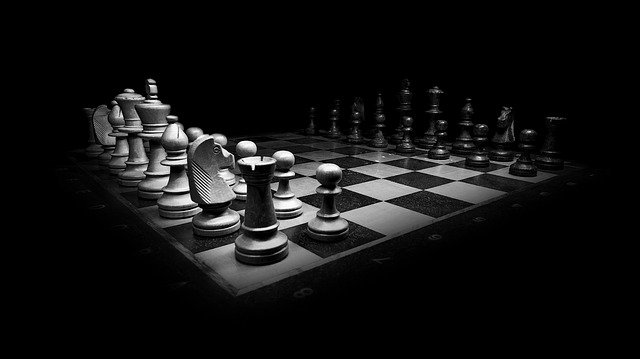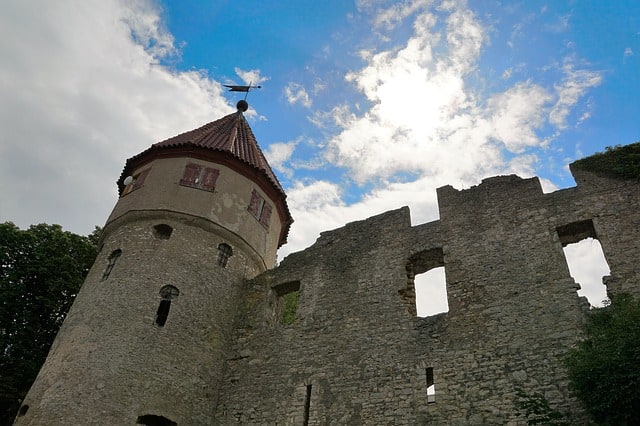When playing chess over the board (OTB) for the first time, you will be required to set up the chess board before/after playing. It is super embarrassing to set up the chessboard incorrectly by placing the queen on the wrong square or exchanging the positions of the knight and bishop. In this post, we will go over how to set up the chessboard correctly.
Chess is played on a board with eight columns called files, and eight rows, or ranks. So in total, there are 64 squares on every chessboard. You need to set up the pieces in their correct positions before you start.
How To Set Up A Chessboard?
Here are the 8 steps to set up the chessboard for each side:
- Place the board such that the bottom white square faces the right side
- Place the rooks in the two corners of the chessboard (a1 and h1 squares for white)
- Place the knights next to the rooks (b1 and g1 squares)
- Place the bishops next to the knights (c1 and f1 squares)
- Place the queen on the d1 square (the square is the same color as the queen)
- Place the king on the e1 square next to the queen (the square is the opposite color of the king)
- Place all your eight pawns on the second rank.
- Do the same setup for the Black player
Step 1 – Setting The Board
The first step in setting up the chessboard is to correctly position the pieces. You have to begin by first setting the board so that the bottom white square faces the right side. This means that both players will have white squares in the right corner of the board.
Your pieces are set up on the two horizontal rows that are closest to you (on the bottom side). Unlike a game of checkers, chess will use all the squares on the board.
There must be a white square at the bottom right corner

Step 2 – Setting the Rooks
The next step is to place a rook (also called a castle) on the two corners of the board. Make sure that you start with the rooks, which are easy to identify as tall pieces that move only in straight lines.

Step 3 – Setting the Knights
Once you have placed the rooks on the edges, place the knights (which have horse heads) beside them. Remember that knights can move a total of three squares, but they can only move in an “L” shape. They can also jump over other pieces.

Step 4 – Setting the Bishops
After placing the knights, place the bishops immediately next to them. While setting the pieces, keep moving toward the center of the board. Place the round-headed, tall bishops next to the knights. Bishops can only move diagonally.
While placing the bishops, check to ensure that one is on a black square, and the other is sitting on a white square.

Step 5 – Setting the Queen
Now, if you are playing white, place your queen on the remaining white square (do the reverse if you are playing black). The queen, as the tallest piece, is easy to identify. She also has a spiked crown on her head. She is the most valuable piece in the game other than your king.

Step 6 – Setting the King
On the last square remaining square of the first row, place the king. The king is the tallest piece. It has a rounded crown with a raised cross. Once you have placed the king, your entire first row is ready (this row is known as the rank).
The king can move in any direction, but only one square at a time. This means that you have to make sure that other pieces surround and protect it.

Step 7 – Setting the Pawns
Lastly, you place all the pawns on the second row. They stand arrayed in front of the other chess pieces. Pawns move forward only one space at a time. However, on the first move, they can move two spaces. Once you have placed all the pawns, your board is set and complete!





